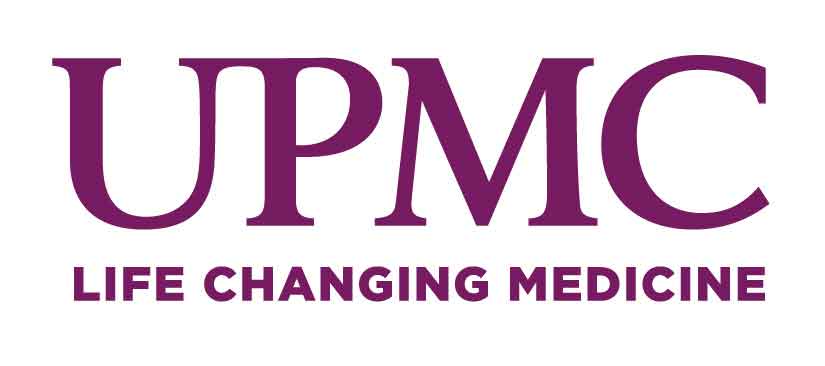UPMC: Cancer Patients with Opioid Use Disorder Encounter Challenges in Maintaining Life-Saving Methadone Treatment
A cancer diagnosis can greatly disrupt treatment with methadone, a medication used to treat patients with opioid use disorder, according to a perspective piece published recently in the New England Journal of Medicine by University of Pittsburgh researchers.
Through the lens of a specific patient treated with methadone for many years and later diagnosed with head and neck cancer, the authors discuss how segregating methadone distribution from general medical care is problematic and emphasize the need to integrate opioid use disorder treatment and improve patient access.
Before his cancer diagnosis, the patient was afforded a 28-day supply of take-home methadone doses, which he self-administered and, per clinic and federal regulations, returned to the clinic every 28 days for monitoring and refills.
Unaware the patient was taking methadone, his oncologist prescribed oxycodone, an opioid, for cancer pain. When the opioid was detected in a routine urine test, the patient’s take-home privileges for methadone were revoked, threatening his hard-earned recovery. In addition to chemotherapy and oncology appointments, the patient was then required to return to daily visits at the methadone clinic — a nearly impossible logistical challenge.
 “This patient is just one of many in this situation,” said senior author Jessica Merlin, M.D., Ph.D., director of Pitt’s Challenges in Managing and Preventing Pain Clinical Research Center, or CHAMPP. “We know how to properly treat patients with opioid use disorder, but the current system makes it difficult to provide the care they need.”
“This patient is just one of many in this situation,” said senior author Jessica Merlin, M.D., Ph.D., director of Pitt’s Challenges in Managing and Preventing Pain Clinical Research Center, or CHAMPP. “We know how to properly treat patients with opioid use disorder, but the current system makes it difficult to provide the care they need.”
Methadone is one of the most effective treatments for opioid use disorder yet remains tightly controlled, with most patients required to visit a clinic daily to receive their dose. A cancer diagnosis only further complicates the matter.
“There is a lot of variability in practice among clinicians about how and when to prescribe methadone for people with cancer who also have opioid use disorder,” said lead author Katie F. Jones, Ph.D., who completed a postdoctoral fellowship at CHAMPP and currently works at VA Boston Healthcare System.
 Jones and Merlin’s earlier research, published in JAMA Oncology, found that providers have both legal and safety concerns about prescribing methadone to people with cancer and opioid use disorder.
Jones and Merlin’s earlier research, published in JAMA Oncology, found that providers have both legal and safety concerns about prescribing methadone to people with cancer and opioid use disorder.
The patient’s story illustrates the impact that the proposed Modernizing Opioid Treatment Act, or MOTA, could have on people suffering from opioid use disorder. The bill seeks to expand who can prescribe methadone and where it can be dispensed, eliminating the need for daily visits to a methadone clinic. Under current regulations, methadone is available in an estimated 49% of U.S. census tracts. MOTA would expand access to an estimated 63% of census tracts, as noted in a recent Health Affairs Scholar paper by co-author Paul Joudrey, M.D., assistant professor in the Pitt School of Medicine.
“We are now more than 20 years into the opioid epidemic in the United States,” said Merlin. “Many patients who have been on methadone for years are developing serious illness, which only intensifies the need to improve access and better integrate treatment into the larger health care system.”
Additional authors on the piece are Diane Meier, M.D., of Mt. Sinai and Salimah Meghani, Ph.D. of the University of Pennsylvania.

